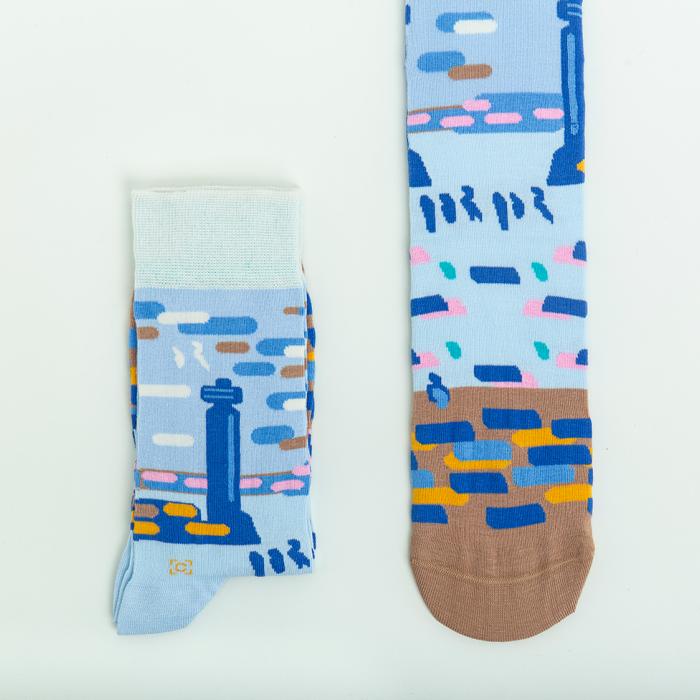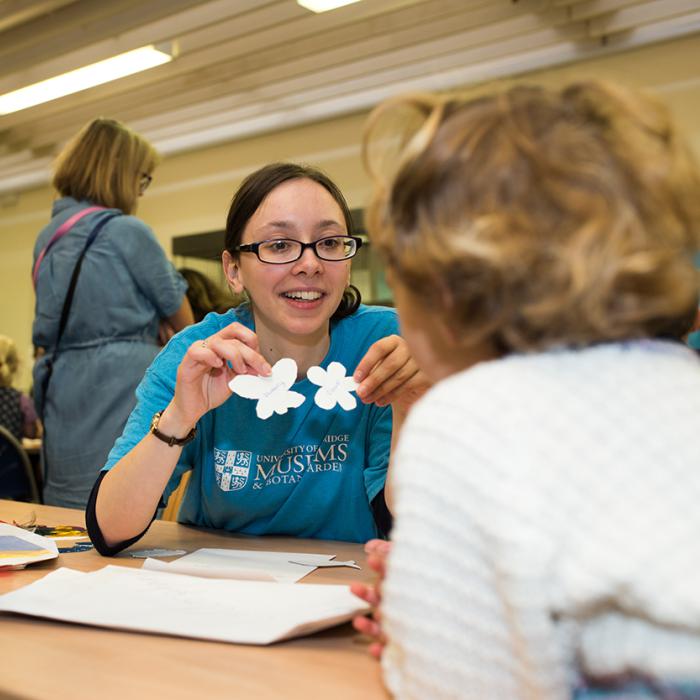About Howardena Pindell: A New Language
Howardena Pindell (b. 1943, Philadelphia) is a major contemporary artist based in the US. This is the first UK museum presentation of her work. Encompassing the poetic and the political, Pindell’s remarkable practice over six decades draws from her own experience as an artist, teacher and activist. Her compelling and beautiful works of art often respond to the social and political realities of our time, calling for urgent engagement and action.

We're extending our summer exhibition until Thursday 27 October 2022!
To celebrate the unveiling of a statue of Mary Anning in Lyme Regis this year, a scale model of the statue is touring the UK.
We are delighted to host the statue over July and August and highlight some of Mary's discoveries we have here in Cambridge.
In this beautifully considered exhibition, explore the inventive ways artists in the 18th and 19th centuries recorded fleeting moments in nature, capturing the effects of light, drama, and atmosphere first-hand in the open air.
Live stream talk.
The exhibition, developed from field studies carried out on the recently formed Icelandic island of Surtsey and the geologically ancient island of Barra in the Outer Hebrides focusses, amongst other things, on the impact of both human and natural forces on the two contrasting islands.
Live stream talk.
The exhibition, developed from field studies carried out on the recently formed Icelandic island of Surtsey and the geologically ancient island of Barra in the Outer Hebrides focusses, amongst other things, on the impact of both human and natural forces on the two contrasting islands.
Ai Weiwei: The Liberty of Doubt explores truth, authenticity and value, as well as globalisation, the coronavirus pandemic and current geopolitical crises.
Around 3,000 medicinal and aromatic plants are traded internationally, with the majority (60-90%) harvested directly from the wild. Most wild plants are harvested and traded with little consideration for sustainability or whether local harvesters are fairly paid or treated with dignity and respect for the products they produce.
Antarctica, A Creative Journey
An exhibition by Shelly Perkins
Shelly Perkins is a wildlife artist who aims to present the beauty and fragility of the natural world in an accessible way through her work. In 2017, Shelly travelled to Antarctica aboard the Royal Navy's ice patrol vessel, HMS Protector as the Friends of Scott Polar Research Institute's Antarctic Artist in Residence.
Helena g Anderson is a photographer and designer based in Cambridgeshire. In March 2016, she developed Ramsay Hunt Syndrome (RHS), a condition that causes facial paralysis. Told by consultants that a full recovery was unlikely, Helena retreated within herself, struggling to come to terms with the news. “I felt empty, filled only with disbelief,” she says.

